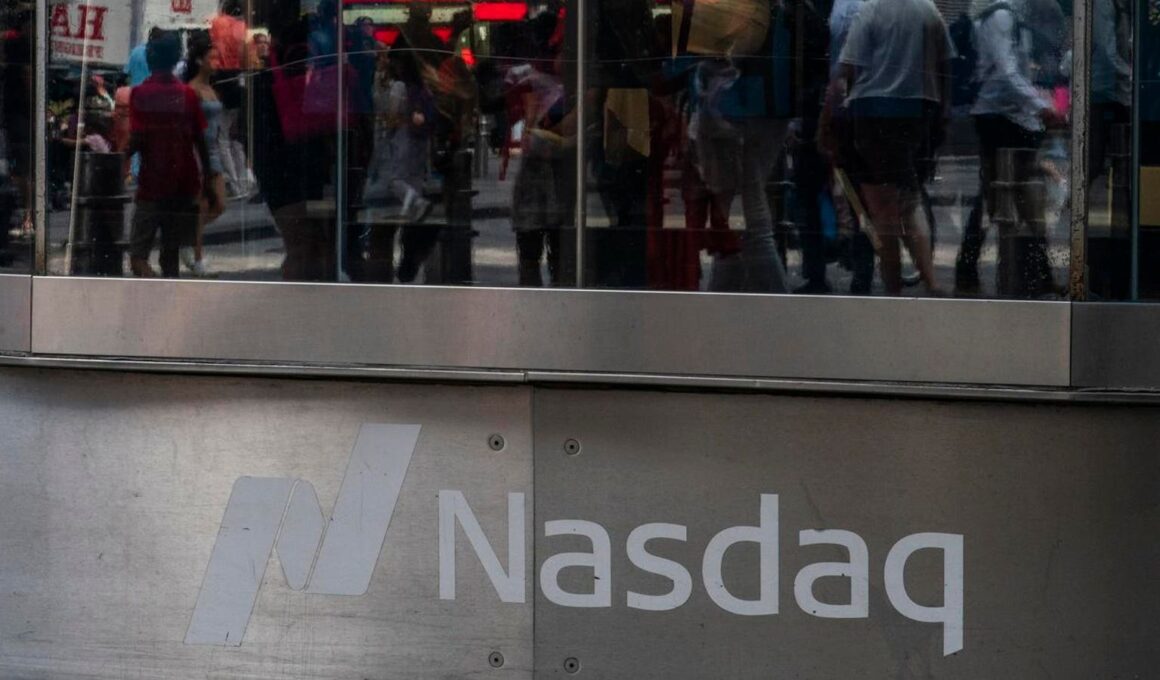Topline
Fewer new Americans filed for unemployment last week than expected, sending a stock market hungry for any good news in a flurry of recession concerns rallying.
Stocks rallied as investors received a rare bit of good news.
Key Facts
Initial jobless claims for the week ending Aug. 3 were 233,000, according to Labor Department data released Thursday morning, the lowest total in four weeks.
That’s down 17,000 from the prior week’s revised 250,000, which was the highest level in 51 weeks.
It’s also below consensus economist estimates of 240,000 new applicants for unemployment insurance, while continued claims, or how many Americans received unemployment benefits, stood at 1.88 million, essentially flat from the prior week, holding the highest level of continued claims since Nov. 2021.
Equity investors reacted positively to the release, as the Dow Jones Industrial Average rose 0.8%, the S&P 500 1% and the tech-heavy Nasdaq 1.1% shortly after markets opened, with futures sitting flat prior to the report.
Yields for safer U.S. bonds rose as traders returned to risk, and the benchmark 10-year U.S. Treasury’s yield climbed to about 4%, the highest since prior to last week’s jobless claims announcement.
Key Background
Stocks previously sharply sold off following last week’s higher-than-expected jobless claims and a broader Friday report revealing a surging monthly unemployment rate. The weakening U.S. labor market triggered a broader selloff in stocks globally as the uptick in unemployment actually triggered a recession, according to one popular technical measure, the Sahm rule, which says the U.S. is entering a recession when its three-month average unemployment is more than 0.5 percentage points higher than its low in the prior 12-month stretch (the founder of the rule has actually said she doesn’t believe the U.S. is in a recession). The S&P fell 5.8% in the week ending Wednesday, dragged down also by developments abroad, namely Japan’s central bank’s indication it will continue to move off of its near-zero interest rates.
Crucial Quote
Thursday’s report “may ease some of the concerns raised by last week’s soft jobs report,” but with “the stock market still working through its biggest pullback of the year, it’s unclear how much this will move the sentiment needle,” remarked Chris Larkin, the head of trading and investing at E*Trade from Morgan Stanley, in emailed comments.
Further Reading
Trump Media to the Saudi Arabian influence on golf and what real-life billionaires think of ” Succession.” Send tips to dsaul@forbes.com. Follow Saul for analysis on the biggest daily economic and stock market happenings, ranging from inflation data to tech earnings to deep-dives on hot button assets.
“>







